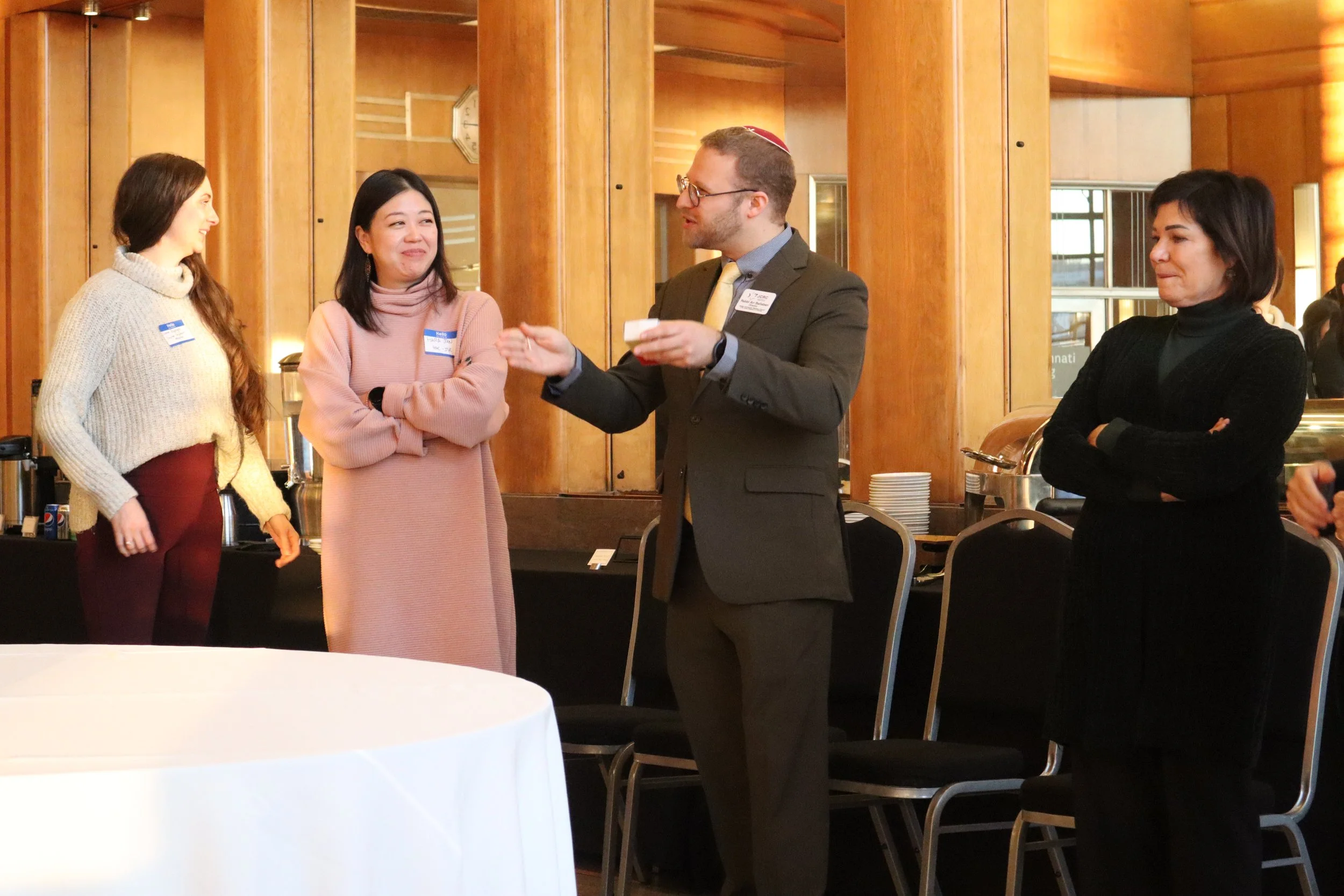The Makings of "Makor" (Temple Beth Or)
Now that it is December, we are nearly halfway done with our first year of Makor- I can hardly believe it! I have spoken (and written) before about the way we have integrated a variety of electives into our Sunday programming to make our educational process more holistic. This month, I would like to better explain one of the key new aspects of Makor: The eponymously-named “Makor Program.”
Every Sunday at Makor starts with this one-hour program. In it, I and our teachers strive to ensure that our children will grow up with a strong understand of core Jewish concepts. It is set up to function with a three-year curriculum that rotates amongst three unique lenses we can use to examine what it means to be Jewish: am (“people”), eretz (“land”), and torah (“scripture”). Each of these lenses could constitute the entirety of what a person considers to be the most important aspect of Judaism. Respectively, these are the people of Israel, the land of Israel, and the Torah of Israel.
By tackling these topics separately and repeatedly (every three years), our plan is to teach about Judaism from every possible angle. Any topic can be analyzed through this framework, and each lens will yield different results. For instance, what does Hanukkah mean to us as Jews? We find very different answers depending on how we approach the question. We could discuss how Jews around the world celebrate the holiday differently, how Israel has integrated this holiday into its national identity, or how the holiday is an outgrowth of certain striking, but non-Jewishly canonical stories (contained in the Books of Maccabees in certain Christian versions of the Bible.) Each lens has specific insights about our questions, and each gives us different results.
As this is our first year of Makor, we are working from the perspective of am yisrael (the people of Israel). The year is broken up into three parts: 1) “What does it mean to be Jewish,” 2) “Jews throughout History,” and 3) “Jews around the World.” We just finished the first unit and have laid the groundwork for our students (or, as I like to call them, “campOrs”) to think more broadly about what a Jew really looks like. We have thought about how we should define Judaism (Is it about prayer, food, tikkun olam, scholasticism, none of these, all of these, or some combination of them?); why the Torah is so important to us as a people; how the celebration of non-Jewish holidays may force us to think of Judaism as somewhere amongst/between an ethnicity, a culture, and a religion; how the various movements of Judaism (i.e., Reform Judaism, Conservative Judaism, and Orthodox) differ and what it means for us to be Reform; and how thankfulness is a key element of what it means to live a Jewish life.
As we progress through the rest of the year, our campOrs will travel through time and space (via Jewish history and Jewish geography) to see what am yisrael has meant to various people. By the end of the year, we expect that they should have even more sophisticated answers to two of the most crucial questions we—as Jews—can ask: “Why am I Jewish?”, and “What does being Jewish mean?” I hope that you will help us encourage our campOrs to think about these age-old questions as we continue through our year. I know that I am very excited to hear all of the creative and insightful ways that they grapple with them!

